
Coldest Place on Earth Found—Here's How
"It's a place where Earth is so close to its limit, it's almost like another planet."
Just how cold can it get on Earth’s surface? About minus 144°F, according to recent satellite measurements of the coldest known place on the planet.
Scientists recorded this extreme temperature on the ice sheet deep in the middle of Antarctica during the long, dark polar winter. As they report this week in Geophysical Research Letters, the team thinks this is about as cold as it can possibly get in our corner of the solar system.
“It’s a place where Earth is so close to its limit, it’s almost like another planet,” says study leader Ted Scambos, a researcher at the National Snow and Ice Data Center at the University of Colorado, Boulder.
The measurement smashes the previous record for the coldest known air temperature in the natural world: a frigid minus 128.6°F felt in 1983 at the Russian Vostok Station, not far from the South Pole. Humans can’t inhale air that cold for more than a few breaths—it would cause our lungs to hemorrhage. Russian scientists ducking out to check on the weather station would wear masks that warmed the air before they breathed it in.
Deathly Hollows
While the East Antarctic ice sheet looks flat at the surface, it actually domes ever so slightly from center to edge like a vast, icy turtle shell. Vostok is perched near the top of the dome, on about 2.2 miles of ice, but it’s not quite at the apex. Scambos’s team suspected that it could get even colder at the very highest parts of the ice sheet.
There aren’t any weather stations perched at the peak of the ice sheet, and there isn’t anyone there to check on them in the dead of Antarctic winter. But satellites can sense the temperature at the surface of the ice as they pass overhead. So Scambos and his colleagues sifted through several years of satellite data, mapping out when and where temperatures dipped low.
Sure enough, they found about a hundred little pockets of exceptional cold scattered across the highest parts of the ice sheet. The coldest spots were in shallow depressions in the ice, little hollows where the surface isn’t perfectly smooth. That’s probably because cold air sinks into these depressions like it sinks into a river valley or a canyon, says John Turner, a polar scientist with the British Antarctic Survey who was not involved in the study.
“They’re such shallow dips, you probably couldn't even see them with your eyes,” he says.
The air warms up by a few degrees right above the surface, which is where the scientists at Vostok had recorded the previous coldest temperature. By comparing the satellite measurements to data from the nearest weather stations, Scambos and his team figured out that the air temperatures in this region would be a little warmer near human-head height, about minus 137°F. But right at the surface, where your feet would touch the snow, they saw temperatures of minus 144°F.
“But you hope your feet wouldn’t ever touch the snow,” Scambos says. “That would not be fun at all.”
Obscuring the View
Only very special conditions lead to such extreme cold. First, it has to be the dead of winter, long after the midnight sun sets for the season. Then, the air needs to be still for a few days, and the sky needs to be perfectly clear, without a wisp of a cloud or a shimmer of diamond dust above the ice sheet.
As cold as it may be, ice radiates a tiny amount of heat. Normally, most of that heat is captured by water vapor in the atmosphere and gets beamed back down to Earth’s surface, trapping warmth in the lower atmosphere.
But during dry spells in Antarctica, when most of the water vapor has been wrung out of the atmosphere, “it starts to open a window that isn’t usually open anywhere else on Earth,” Scambos says. Then, faint heat emitted by the ice sheet can escape all the way to space, leaving the ice surface even colder.
The ultra-clear conditions that enable these chilly events are also ideal for looking out into space, which is why scientists placed a telescope just a few miles from the extreme cold spots Scambos’ team pinpointed.
“Water vapor is our nemesis,” says Craig Kulesa, an astronomer from the University of Arizona who runs the High Elevation Antarctic Terahertz Telescope, or, somewhat satirically, HEAT. “We put our telescope at this superbly dry site, but if we put it 10 miles away, would it be any better?”
It may be a question worth considering as the climate changes around the globe, though there’s nowhere else on this planet they could go where conditions would be better. Water vapor concentrations in the atmosphere are increasing, which in turn means more of the ice-emitted heat gets trapped near the surface—keeping it warmer. So, the perfectly clear conditions that are ideal for looking into space will become less frequent—and any scientists hoping to break the record for sensing extreme cold on Earth may be running out of time.
“As we see increases in greenhouse gas and water vapor concentrations, we’re expecting warming across the Antarctic of about 3 to 4°C,” says Turner. “Seeing any new temperature lows will be more and more unlikely. The odds are just getting smaller.”
Antarctica Pictures From Our Archives

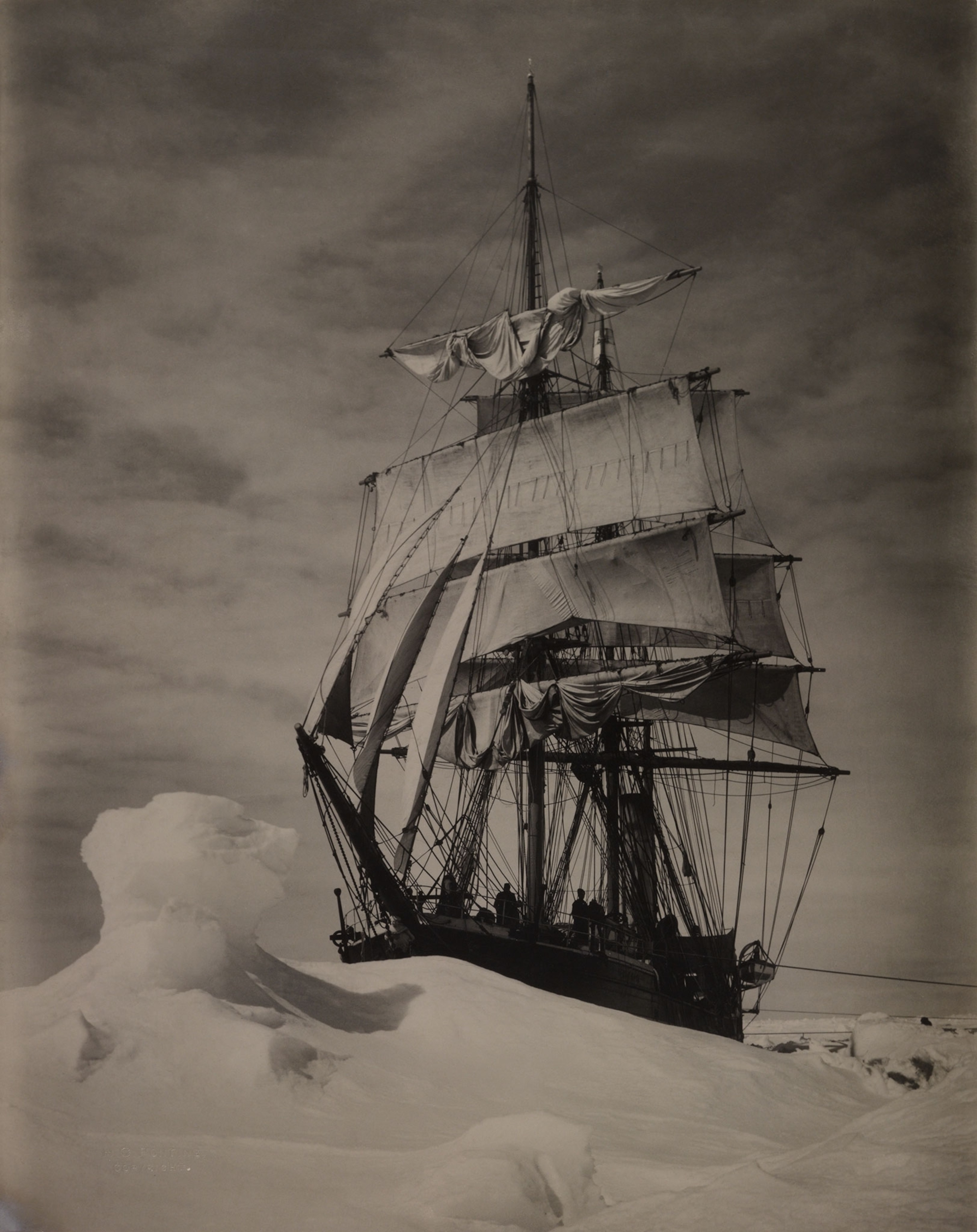
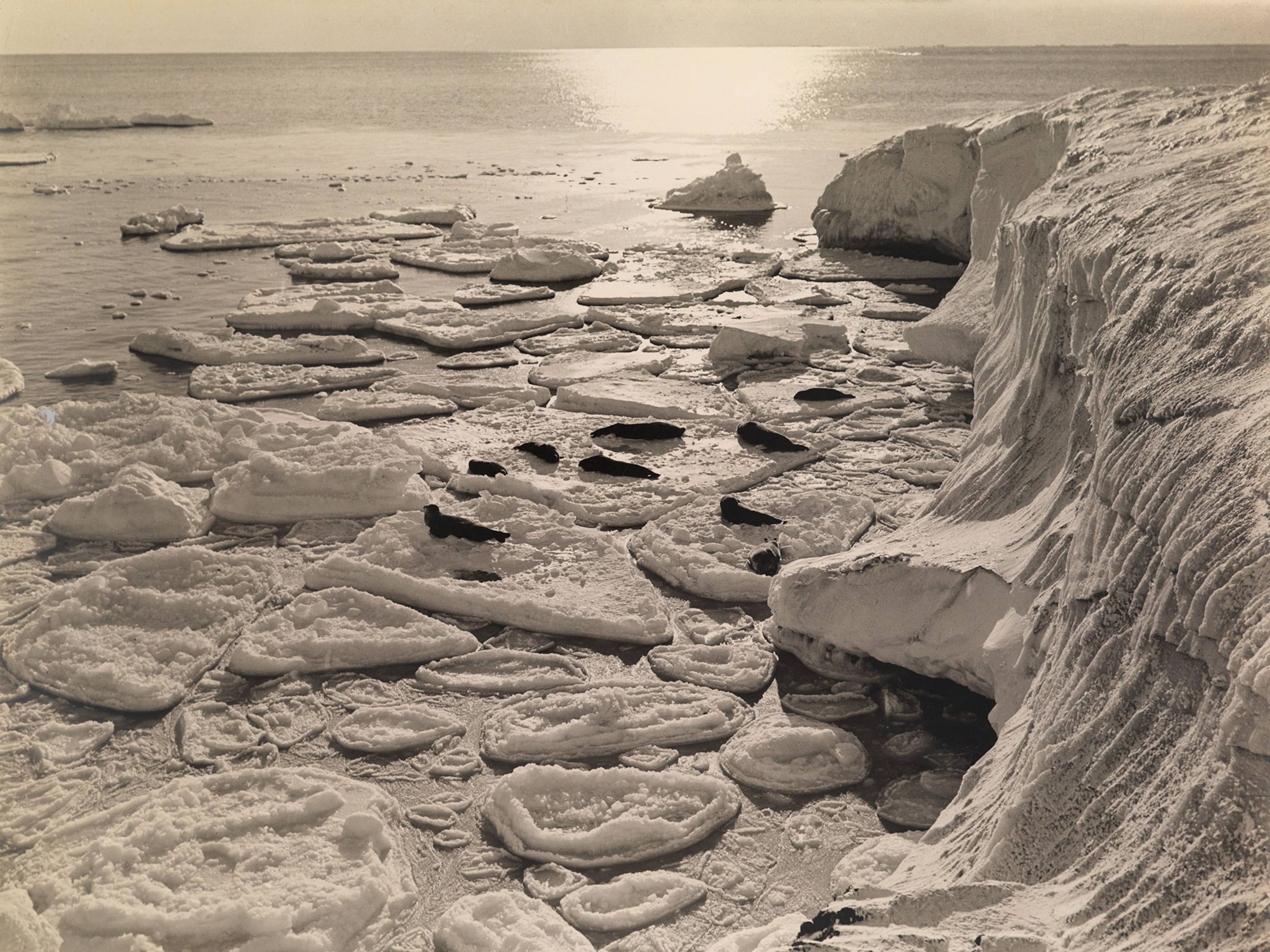
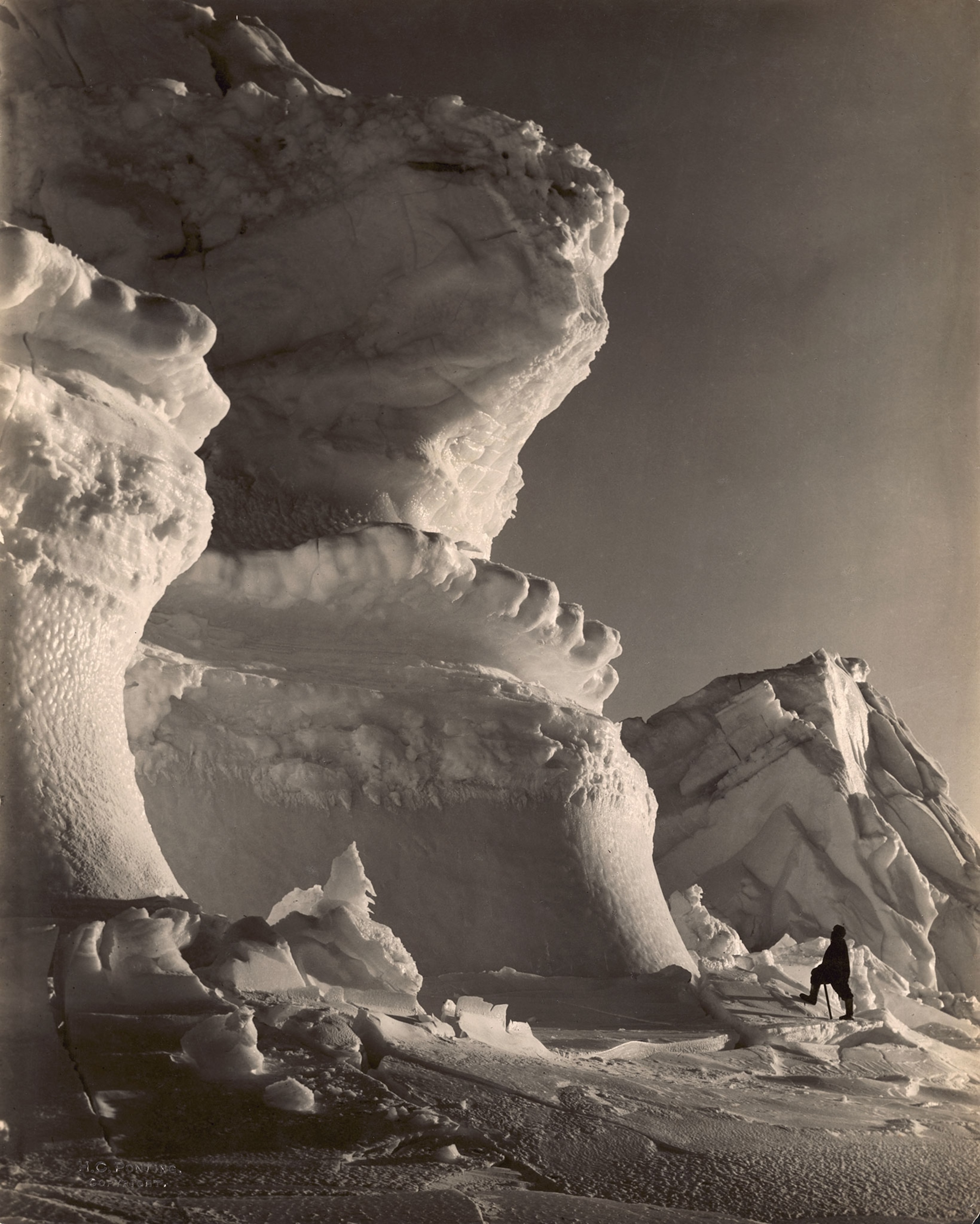
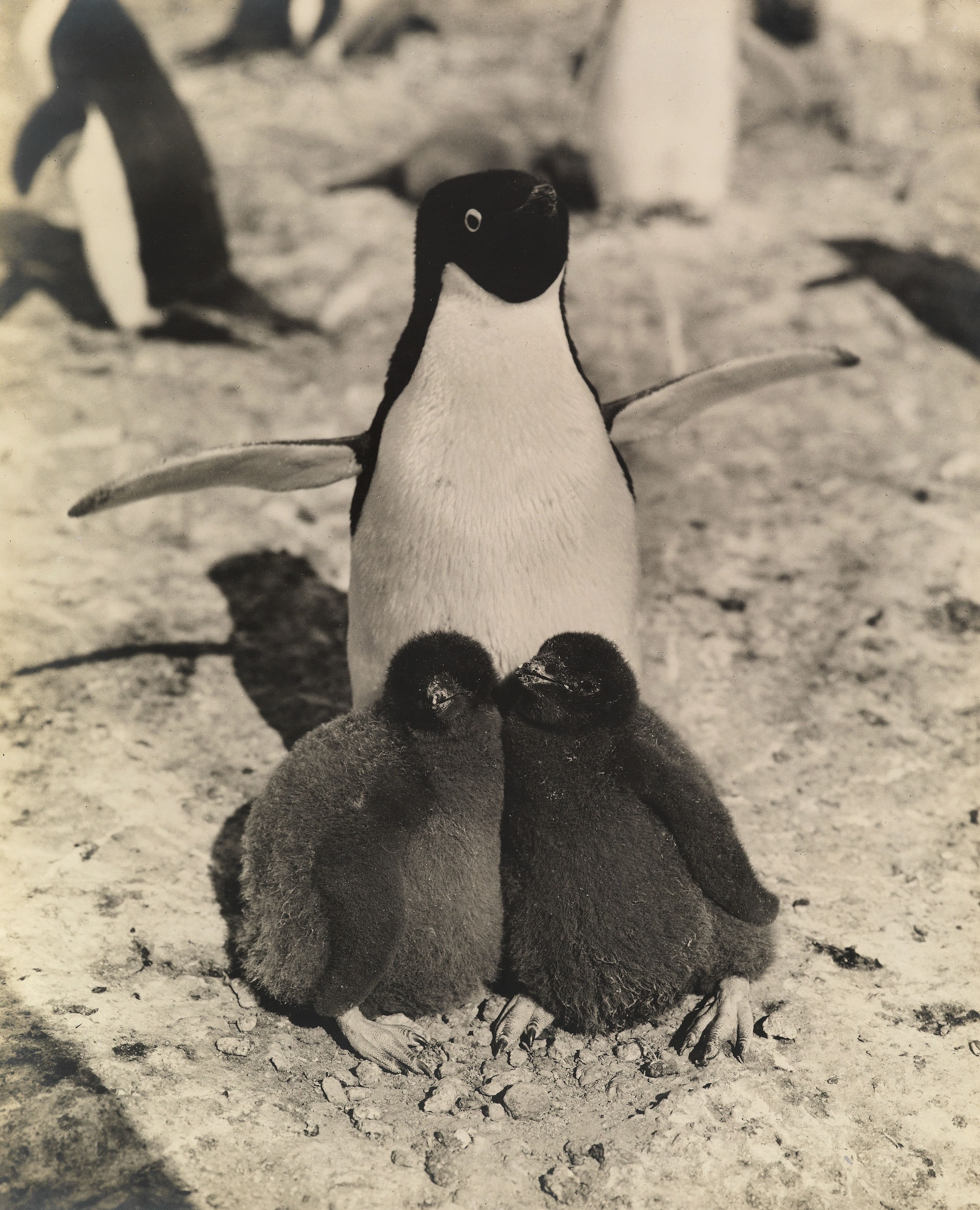



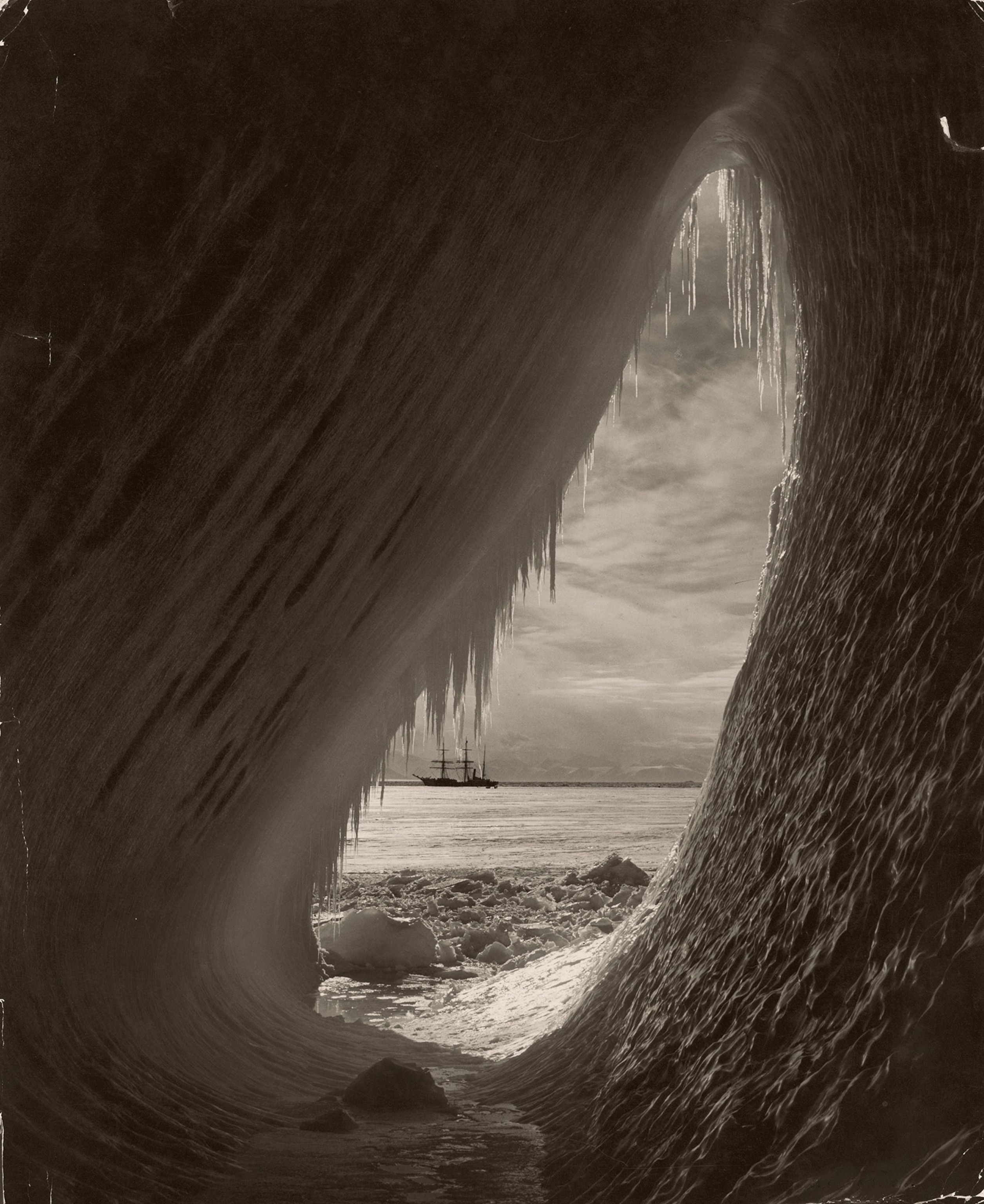
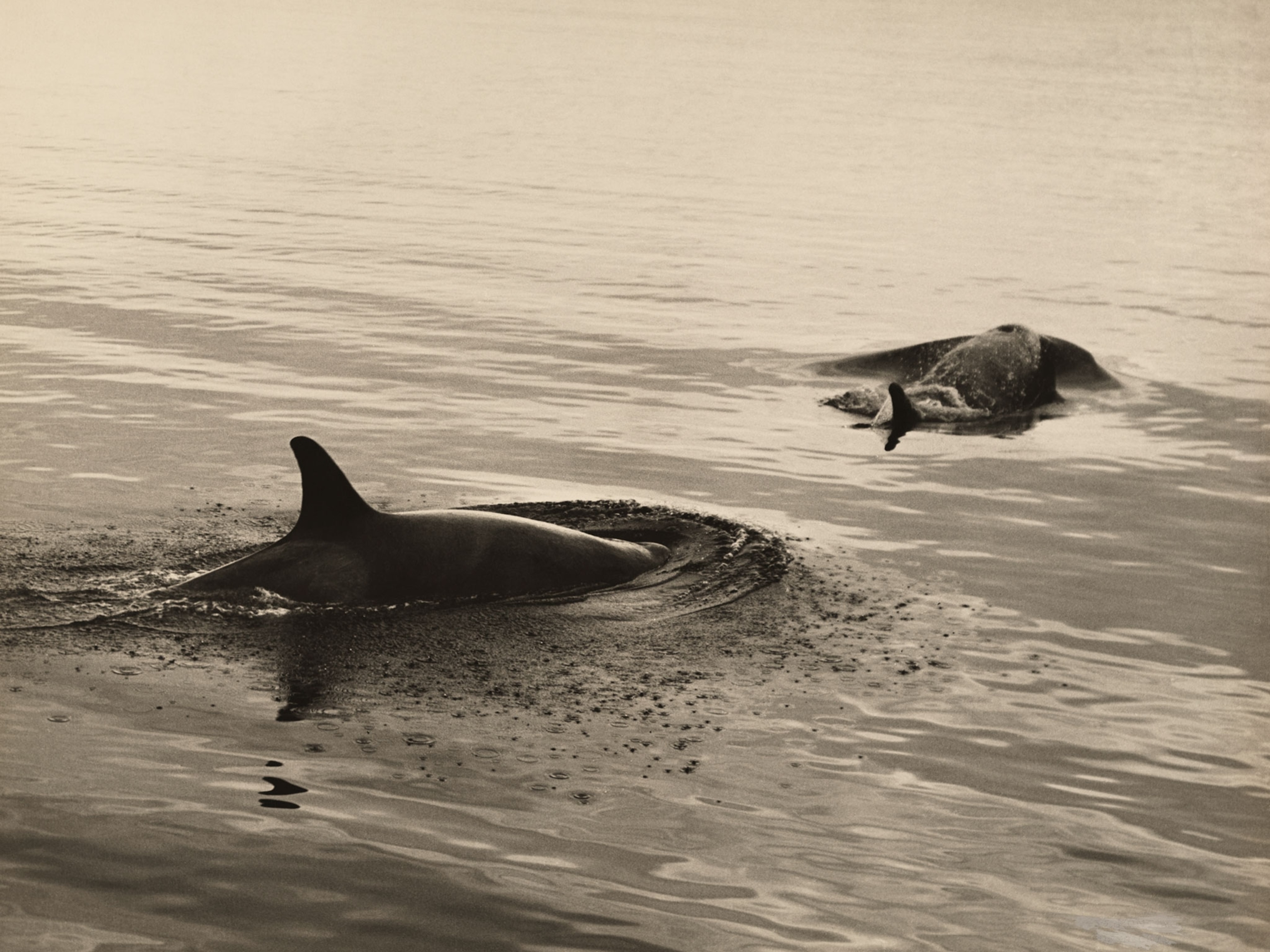

Related Topics
You May Also Like
Go Further
Animals
- Elephants may call each other by name, a rare trait in natureElephants may call each other by name, a rare trait in nature
- Are 'giant, flying' joro spiders really taking over the U.S.?Are 'giant, flying' joro spiders really taking over the U.S.?
- This invisible killer takes out 3.5 billion U.S. birds a yearThis invisible killer takes out 3.5 billion U.S. birds a year
- Charlotte, the 'virgin birth' stingray, has a diseaseCharlotte, the 'virgin birth' stingray, has a disease
- See how billions of cicadas are taking over the U.S. this summerSee how billions of cicadas are taking over the U.S. this summer
Environment
- How scientists link specific weather events and climate changeHow scientists link specific weather events and climate change
- Extreme heat is ahead—and you’ll feel every degree of itExtreme heat is ahead—and you’ll feel every degree of it
- Ready to give up fast fashion? Give 'slow fashion' a try.Ready to give up fast fashion? Give 'slow fashion' a try.
- Exploring south-central Colorado’s backcountry
- Paid Content
Exploring south-central Colorado’s backcountry - 2024 hurricane season forecasted to be record-breaking year2024 hurricane season forecasted to be record-breaking year
History & Culture
- How the rainbow flag became a symbol of the LGBTQIA+ communityHow the rainbow flag became a symbol of the LGBTQIA+ community
- No women allowed: These 5 destinations are men-onlyNo women allowed: These 5 destinations are men-only
- The harrowing true story of the photo that defined D-DayThe harrowing true story of the photo that defined D-Day
- The forgotten history of New York’s first electric taxi fleet—in the 1800sThe forgotten history of New York’s first electric taxi fleet—in the 1800s
- Your khaki pants have a history that may surprise youYour khaki pants have a history that may surprise you
Science
- This is the biggest health challenge women face in their 50sThis is the biggest health challenge women face in their 50s
- How scientists link specific weather events and climate changeHow scientists link specific weather events and climate change
- Why health advocates are concerned about a chemical in your decafWhy health advocates are concerned about a chemical in your decaf
- Is decaf healthier than regular coffee? Here’s how they compare.Is decaf healthier than regular coffee? Here’s how they compare.
- Why doctors can't agree that more breast screenings save livesWhy doctors can't agree that more breast screenings save lives
Travel
- Is this small Baltic city the arts and culture capital of 2024?Is this small Baltic city the arts and culture capital of 2024?
- Come for the Euros, stay for food in Germany’s Rheingau regionCome for the Euros, stay for food in Germany’s Rheingau region
- 5 unique ways to discover Jersey’s coastline
- Paid Content
5 unique ways to discover Jersey’s coastline - 9 of the world's most beautiful lakes—and what to do there9 of the world's most beautiful lakes—and what to do there
- 5 of the best places to eat in Trastevere, Rome
- Paid Content
5 of the best places to eat in Trastevere, Rome







